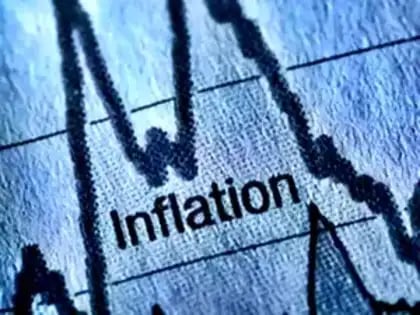India’s Inflation Falls to 2.1% in June, Lowest in Six Years
New Delhi, July 15, 2025 — India’s retail inflation eased to 2.1% in June, reaching its lowest level in more than six years. This sharp drop is mainly due to falling food prices and brings some welcome relief to households that have been struggling with rising costs in recent years.
ECONOMYNATIONAL
Thinkbrief
7/15/20253 min read


The last time inflation was this low was back in January 2019, when it stood at 1.97%. This new figure is seen as a positive sign for the economy and a boost for both consumers and policymakers.
What’s Behind the Drop?
The biggest factor in the decline is food. According to data from the National Statistical Office, food inflation turned negative, which means food prices were lower in June compared to the same time last year. This is rare in India, where food usually makes up a big chunk of household spending.
Here are a few highlights:
Vegetable prices dropped by around 19%, a steep fall that brought down the overall index.
Pulses became nearly 12% cheaper.
Other staples like spices, meat, and fish also saw modest declines.
This pullback in prices came after a year of sharp increases. Many families, especially in lower- and middle-income groups, are finally seeing a bit of relief at the grocery store. A helpful “base effect” also played a role, since prices were unusually high in June last year.
Relief Across the Country
The drop in inflation isn’t limited to big cities. Both rural and urban areas are feeling the impact.
In rural India, inflation fell to 1.72% from 2.59% in May.
In urban areas, it dropped to 2.56% from 3.12%.
Food inflation was negative in both rural and urban regions. That means, no matter where you live, essential food items likely cost a bit less last month.
What About Other Costs?
Not everything is getting cheaper. Prices for services like healthcare, education, and housing continued to rise, though at a more moderate pace. This is known as core inflation, which excludes food and fuel. It’s currently estimated at around 4.4% to 4.5%.
Some key areas still seeing price increases:
Urban housing costs rose by about 3.24%.
Healthcare, education, and transport prices also climbed slightly, staying in the 3% to 4% range.
Meanwhile, wholesale inflation or WPI slipped into negative territory at -0.13%, suggesting that manufacturing and input costs are also easing.
How Are Markets and the RBI Responding?
The stock market reacted positively to the news. On July 15, the Sensex rose over 450 points and the Nifty crossed 25,200, reflecting growing investor confidence.
The Reserve Bank of India (RBI) had already cut interest rates last month by 50 basis points, bringing the repo rate down to 5.5%. With inflation now well below its 2% to 6% target range, the central bank has more flexibility to support growth. However, most experts believe the RBI will now take a cautious approach and monitor global trends before making further moves.
RBI Governor Shaktikanta Das recently said that the bank expects inflation to average 3.7% for the full financial year, with the first quarter of FY26 likely to see inflation closer to 2.9%.
What Does This Mean for You?
For most people, inflation isn’t about percentages or data charts. It’s about what you pay at the store, the cost of your daily commute, and whether you can afford school fees or a doctor’s visit. A lower inflation rate means that, for many households, it’s a little easier to manage monthly expenses.
It also encourages people to spend more. When prices are stable or falling, families are more likely to make larger purchases like home appliances, vehicles, or electronics. This increase in spending can give a healthy push to the economy overall.
Looking Ahead
Despite the good news, experts are cautious. Much depends on how the monsoon season plays out. A poor monsoon could affect crop output and push food prices back up. Global issues, like oil prices or international conflicts, could also add pressure in the coming months.
Still, for now, India is in a strong position. With inflation at its lowest in six years and the central bank ready to support growth, the economic outlook looks brighter than it has in a while.
Bottom line: For the average Indian, falling inflation means a little more breathing room. Whether it’s lower vegetable prices at the market or reduced pressure on fuel and household goods, this drop is more than a statistic—it’s something people are actually feeling in their day-to-day lives.